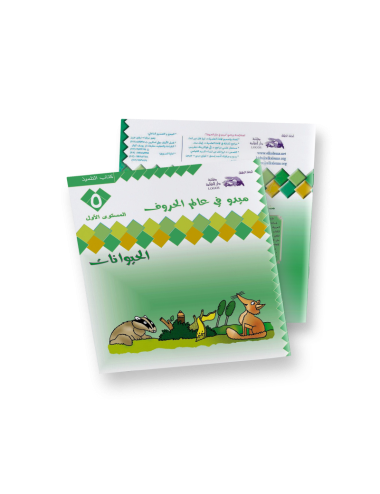The Dictionary of Religions and beliefs of the world
This dictionary:
Prepared by academics and specialists in the religious sciences, philosophy and history of religions
0.054 kg - 960 kg
This dictionary:
Prepared by academics and specialists in the religious sciences, philosophy and history of religions
This beautifully illustrated volume walks readers through every chapter of the Bible, while also explaining such things as how we got the Bible, how it was preserved over the years, how the Bible fits in with historical sources and archeological finds, and similar information.
This book is the first part of a series of books about activities according to the Montessori philosophy for encouraging the development of the child from 2,5 - 6 years. It shares ideas of how the child can work alone, how to grow in responsibility, concentration, discipline and self-trust.
The aim is to inspire each parent and teacher to be encouraged to start a new begin in raising children to guide them in growing towards an independent, respectful human.
This beautifully illustrated volume walks readers through every chapter of the Bible, while also explaining such things as how we got the Bible, how it was preserved over the years, how the Bible fits in with historical sources and archeological finds, and similar information.
The last student book of level 1. Repetition of the learned words and writing new words and letters learning to read sentences around the theme 'the Zoo' is inspiring the children to develop their verbal and written language, their listening, communication and reading skills.
"This book has won a firm fan. Ideal for teachers as well as students . . . In an increasingly multicultural world, this is an essential read for anyone wanting to know about religion. Loads of pictures and photos make this easily the best book of its kind." —Jon Hancock, children's book buyer for Borders UK
"This book has won a firm fan. Ideal for teachers as well as students . . . In an increasingly multicultural world, this is an essential book for anyone wanting to know about religion. Loads of pictures and photos make this easily the best book of its kind." —Jon Hancock, children's book buyer for Borders UK
Through working with this third book of the program Mido in the World of Letters, The trip, the child learns practical daily living skills, social skills and about cooperation with peers. Of course he works on auditive and visual skill development and learning words and letters.
Does this have anything to do with the Bible, the book that has profoundly influenced Western culture? Is there archaeological evidence that bears on the Bible? Are the narratives of the Bible, especially those from 3,000 and more years ago, myth or history? Is a scientific discipline like archaeology even compatible with an obviously religious book like the Bible? These are relevant questions that this book will seek to answer.’
This guide has a day-by-day set up series of lessons. The program has 5 units, which are described in detail in order to develop the child in cognition, motor skills, social skills, creative and language skills.
This concept of the Christian pilgrimage has its origins in the Exodus of the Jews from ancient Egypt, but it has changed and adapted with the passing centuries. In medieval times millions of pilgrims spent months traveling across Europe to visit holy cities and shrines, and today a modern revival has blurred the lines between pilgrimage and tourism and made places such as Iona, Taize and Santiago di Compostella contemporary meccas.
Reading and writing new words and learning the fatha all in the context to develop the needed reading and writing skills. Visual and auditory exercises. Working around the subject: My school.




















